Retro Replay Review
Gameplay
Genewars delivers a familiar real-time strategy experience reminiscent of classics like Command & Conquer, yet it carves out its own identity through planetary missions and genetic mechanics. Each level tasks you with specific objectives—sometimes you must eliminate all enemy forces, while other times you’re challenged to breed and manage mule populations to harvest resources. This variety of goals keeps each mission feeling fresh, as you switch from all-out warfare to resource optimization and back again.
Base construction and unit management follow the genre’s tried-and-true formulas: mining for resources, erecting production buildings, and training combat or support units. However, the inclusion of mule breeding adds an extra layer of strategy. You can genetically engineer these beasts to be faster, stronger, or more efficient haulers, which becomes crucial on longer missions where resource bottlenecks can stall your advance.
The pacing of Genewars strikes a comfortable balance between micro- and macro-management. You’ll often find yourself toggling between supervising your mule squads, tweaking their genetic traits, and issuing orders to tanks or infantry on the front lines. While the interface occasionally feels dated—unit selection can be fiddly, and pathfinding sometimes trips up your armored columns—the overall gameplay loop remains engaging, especially once you master the genetic customization menus.
Graphics
Visually, Genewars embraces a colorful, slightly cartoonish art style that underscores its fantasy leanings. Terrain graphics range from lush jungles to arid deserts, each planet sporting its own distinctive palette. This helps you quickly identify resource-rich zones and hazardous areas, giving a subtle yet effective tactical cue as you plan your expansion.
Unit and building sprites are detailed enough to convey their function at a glance—infantry look like futuristic soldiers, while mule designs hint at their engineered origins with mechanical harnesses and bioluminescent markings. Animations are functional, if somewhat simplistic by modern standards: tanks trundle forward with minimal dust effects, and breeding sequences are shown via short, repetitive loops.
Despite its age, the game’s visual clarity remains one of its strengths. Enemy units are never hard to spot, and your custom-bred mules stand out among the crowds. If you’re looking for cutting-edge graphics, this isn’t it—but for players who prioritize readability and strategic visibility over flashy VFX, Genewars holds up quite well.
Story
Genewars unfolds in a galaxy where humans clash with various other races for control over untamed planets and their valuable resources. The narrative framework is lean, providing enough context to explain why you’re hopping from world to world, but it never bogs down the core RTS action. Brief mission briefings and colored cutscenes convey political friction, genetic experimentation, and the mystique of alien species without demanding too much of your time.
The fantasy elements shine through in the portrayal of non-human races, each with unique lore implications. You might find yourself allying with amphibious tribes on a water world one mission, only to face off against insectoid swarms on the next. These shifts in environment and opponents give the campaign a sense of progression and discovery, even if the script occasionally resorts to genre clichés.
While the storyline is not the game’s focal point, it does enhance immersion by framing each planetary task with a purpose. Whether you’re genetically tweaking mules to outpace an enemy siege or ripping through fortified bases with upgraded human infantry, there’s always a plausible in-universe rationale that ties your objectives together.
Overall Experience
Genewars may not redefine the RTS genre, but it offers a solid, if somewhat niche, twist on familiar mechanics. The genetic breeding system provides an uncommon strategic layer, rewarding players who enjoy tinkering with unit attributes and resource efficiency. Combined with a variety of mission types and planetary backdrops, it avoids the repetition that can plague other strategy titles of its era.
Multiplayer supports up to four players over a network, opening the door to heated skirmishes and cooperative mule-breeding races. While the online community has dwindled since the game’s heyday, local LAN play remains a fun way to test your genetic engineering prowess against friends. Just be prepared to navigate some setup hurdles on modern machines—compatibility patches may be required.
For buyers seeking a retro RTS with a pinch of fantasy and gene-splicing flair, Genewars is a worthwhile addition. Its blend of combat, resource management, and genetic customization yields a unique experience that still feels satisfying today. Though it shows its age in interface quirks and dated animations, the core gameplay loop remains engaging for newcomers and veterans alike.
 Retro Replay Retro Replay gaming reviews, news, emulation, geek stuff and more!
Retro Replay Retro Replay gaming reviews, news, emulation, geek stuff and more!
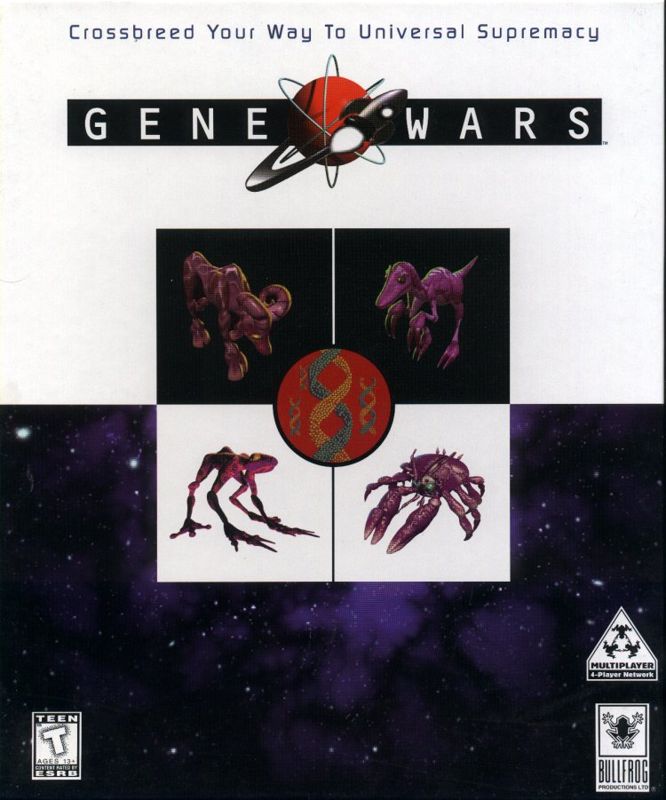
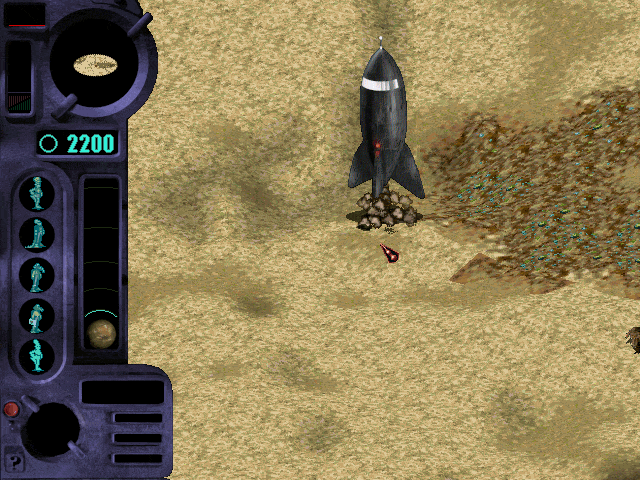
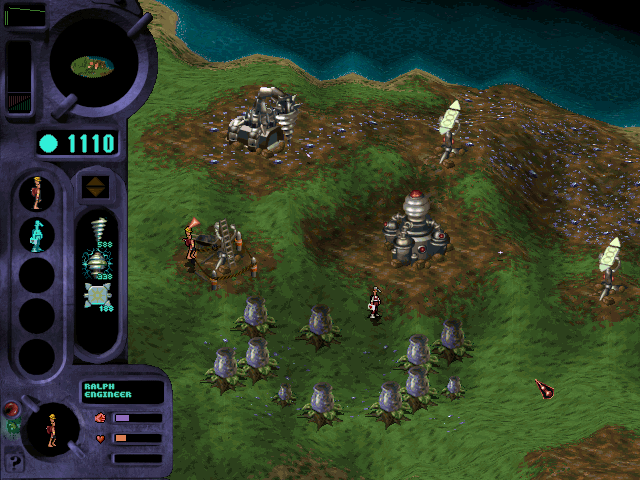

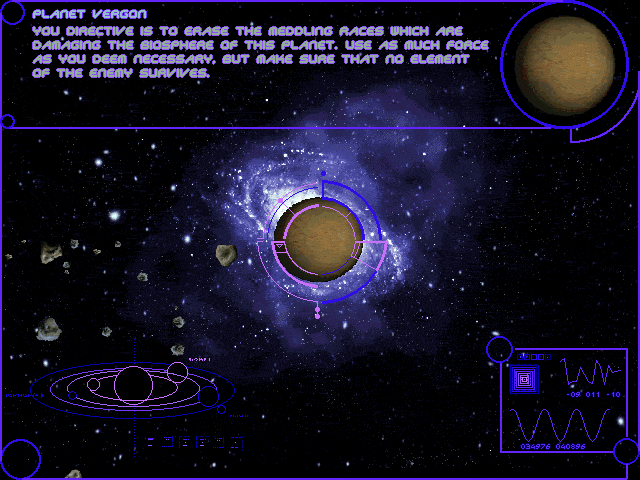
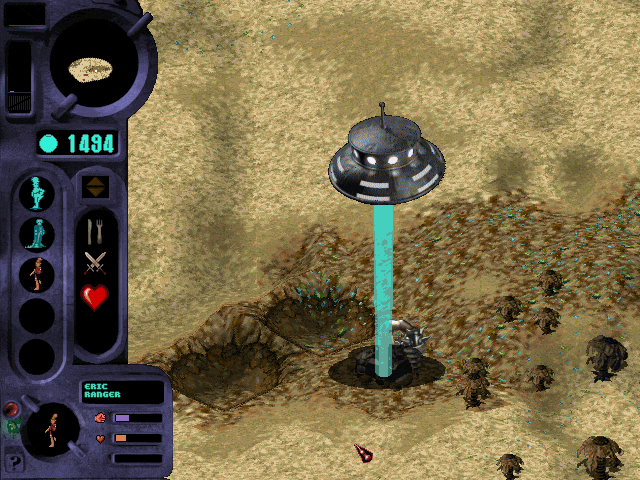



Reviews
There are no reviews yet.